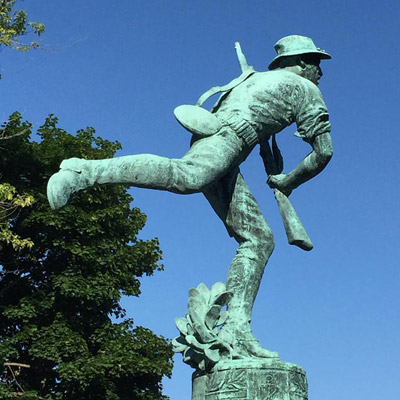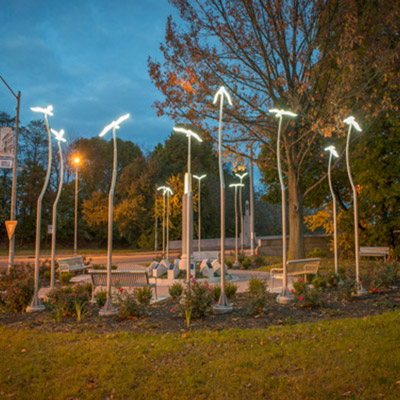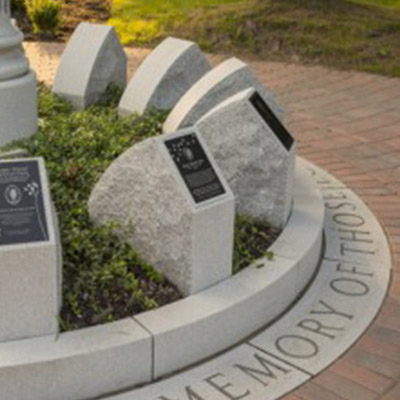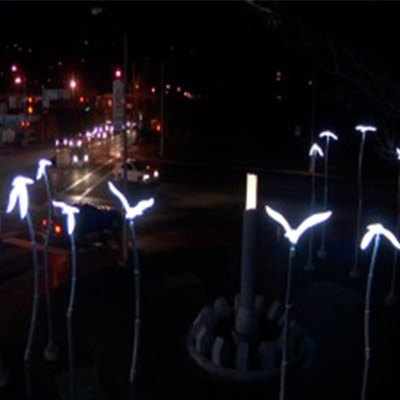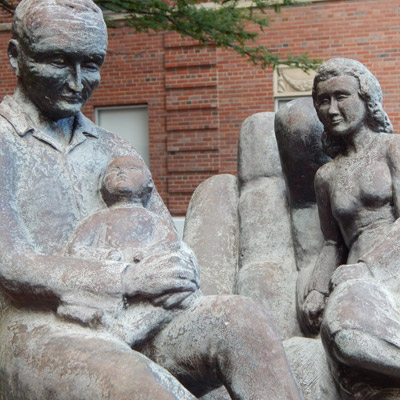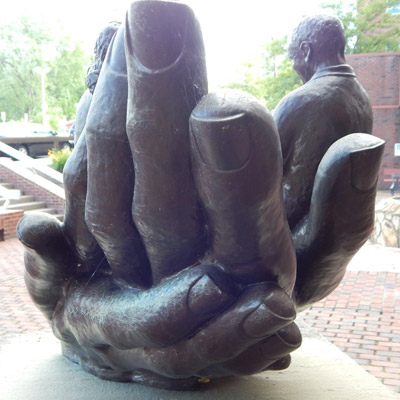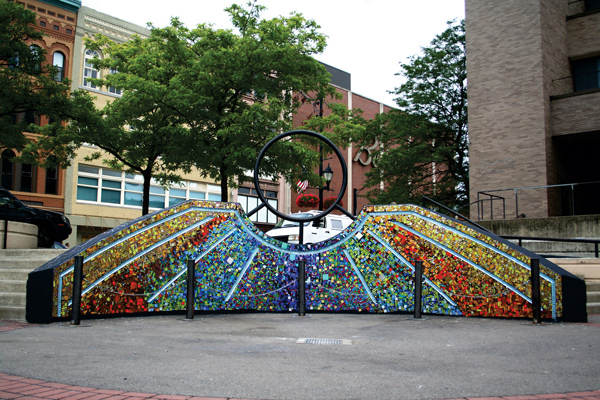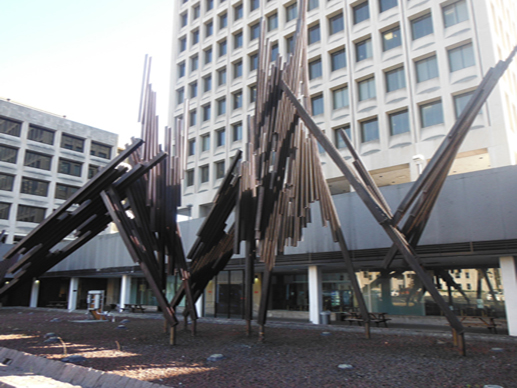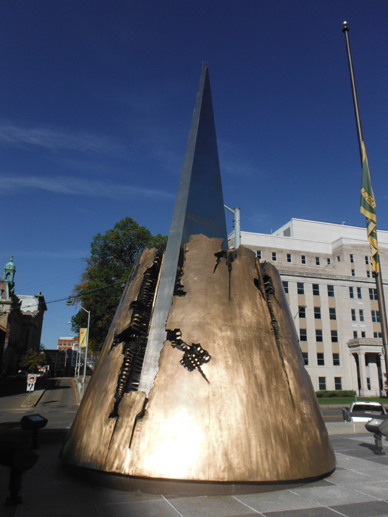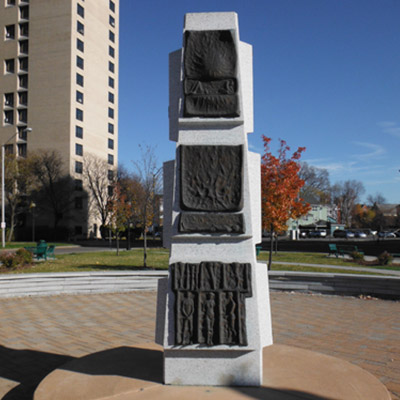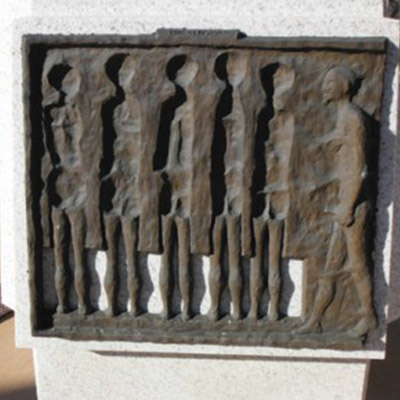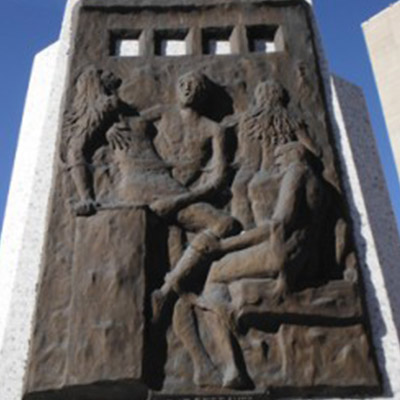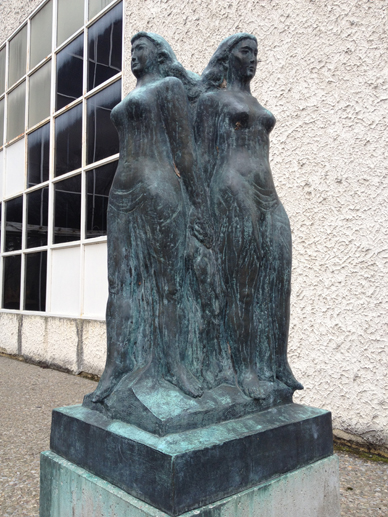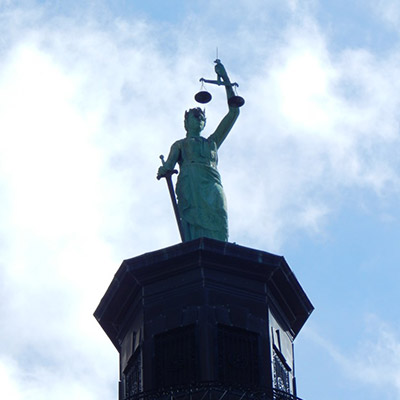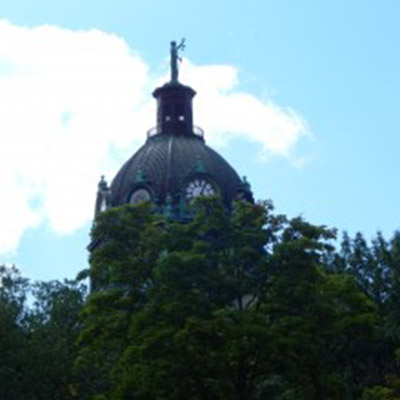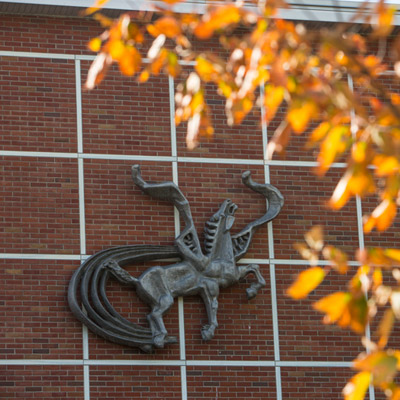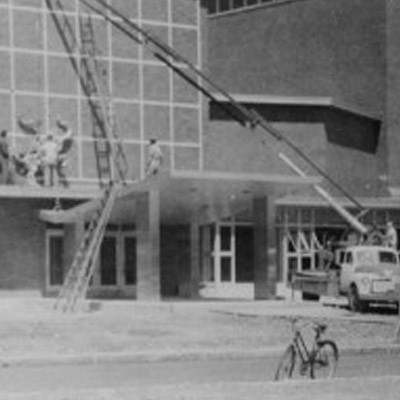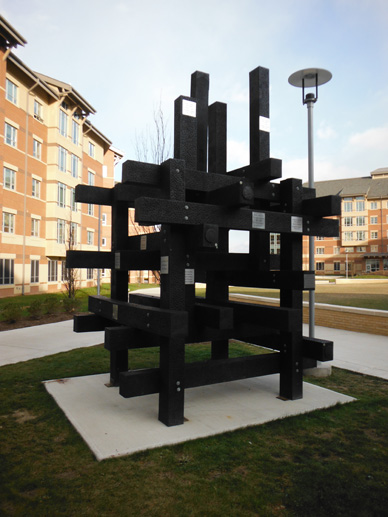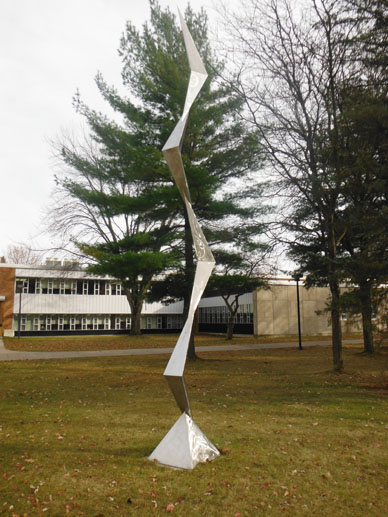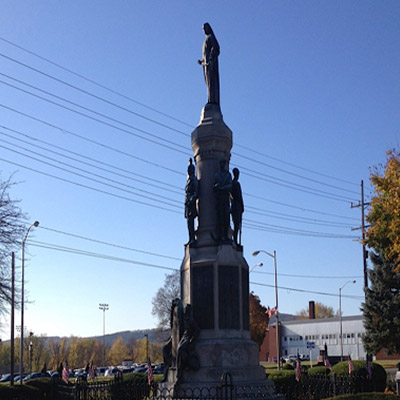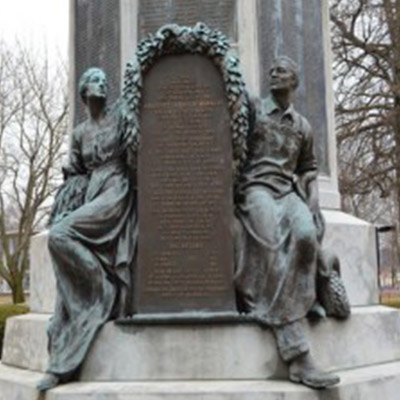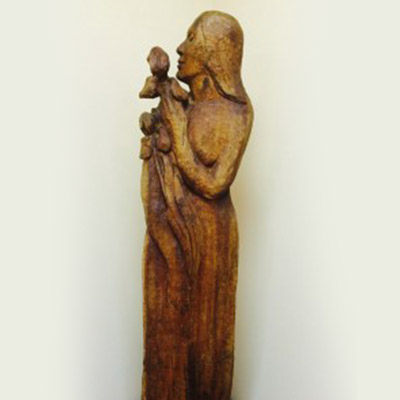Reviewed by Sherri Strichman
Tri-Cities Opera’s final production of the season, Gounod’s Faust, opened last night (April 17) to great audience approval, some of it well-deserved.
The opera is adapted from Goethe’s tale of an aged scholar who has become so jaded with life that he has nothing to live for. He makes a deal with the devil for youth and new experiences. This production, conducted by Thomas Muraco, was directed by Martha Collins with scenic design by Wally Coberg, lighting design by Douglas Macur, original costume design by Stephen M. Dell’Aversano, and soldier uniform design by Julia Adams.
The performance at The Forum got off to a rocky start: a too-slow opening tempo; a logistical problem between the orchestra and off-stage female chorus; a Faust (Christopher Trapani) who didn’t project the meaning behind the text; a servant who walked in and exchanged waves with Faust (???!! ). The smoke device used to hide Mephistopheles’ entrance and Faust’s transformation did not fulfill its function. Thus, Mephistopheles entered with a whimper rather than a bang, clearly visible from house right stepping around the side of the bookcase. From house left (according to my sources) Faust could be seen changing clothes behind the bookcase.
However, other than the opening scene transformation, the numerous sets required for this opera were attractive, functional and imaginative. The backdrop was a large, hanging disk – compass rose? Scalloped dodecahedron? Medallion? Highway to Heaven? All of those things and more with the various changes of lighting.
As an opera chorister of 35 years, I deplore the cutting of the large choral scene that should have opened the second scene (originally Act II in a five-act opera). A French opera is not French Opera without this type of opening. Kudos to the chorus for fine singing throughout and to Michael Lewis, who prepared them. The maypole dance was well-choreographed and was attractive without hampering the ladies’ singing. The cut in the final redemption chorus was jarring, however, to anyone familiar with the work. It would have been worth the extra minute or so to leave it in.
In guest artist Daniel Scofield, the audience was treated to a true Valentin. During his “Avant de quittez ces lieux,” I heaved a sigh of relief and thought, “Oh, thank goodness. Here’s someone who knows what he’s singing and cares.” Scofield was consistent dramatically and vocally, and both his part in the duel trio and his death scene were well-sung and very moving.
Rebecca Heath (Marguerite) has a lovely voice. Her acting is excellent (also her French), and she made a wonderfully vulnerable young girl on the cusp of womanhood in the Act II garden scene. I don’t think she has quite the vocal heft for the later scenes, but I have no doubt she will mature into this role. It was a fine performance.
Christopher Trapani tackled a very demanding role with fortitude. His voice is not one that I admire, but the audience loved him.
Brandon Coleman (Mephistopheles), whose voice has a very covered tone, had neither the presence nor the power for this role. In a Press & Sun Bulletin interview this past week, he indicated that the production’s concept of his role was to make the devil more charming and affectionate. That’s fine, but we need to see the menace behind the suavity, and this was absent. The exception was in the Church Scene (Act III, scene 2). It was absolutely chilling and his best work of the evening.
After the opening scene, the orchestra sounded first rate.
The small roles were ably sung and acted by Meaghan Heath (Siebel), Josiah Davis (Wagner) and Lindsay Brown (Marthe).
The opera will be performed again at 3 p.m. Sunday (April 19) at The Forum, 236 Washington St., Binghamton. Worth the price? If you buy a balcony seat.
IF YOU GO: For tickets, call 772-0400. For more information, visit www.tricitiesopera.com.

